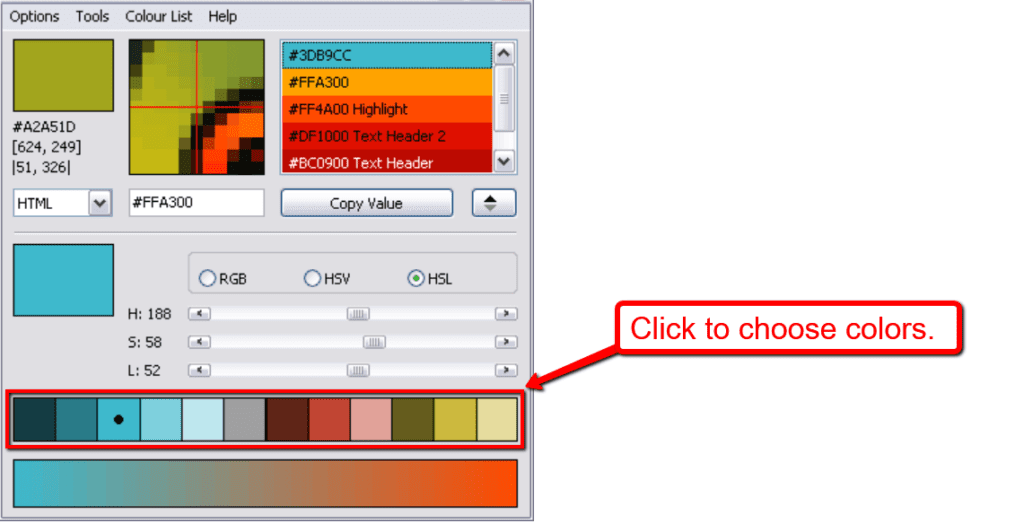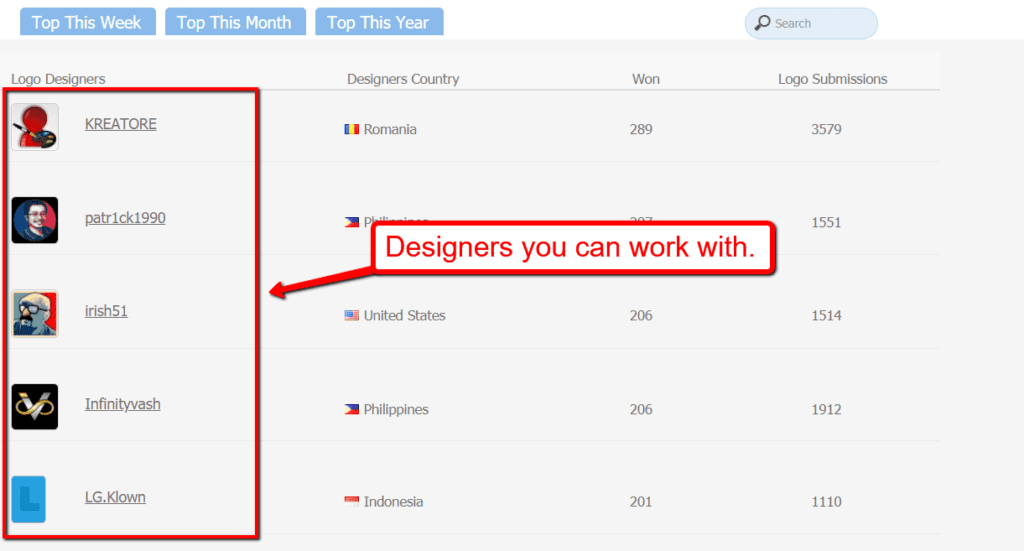Creative Design: 6 Tips for Kick-Ass Ecommerce Marketing
If you want to boost your eCommerce marketing efforts to get more sales out of your online business, then you need to tap into the power of carefully-crafted creative designs.
After all, how you apply creative designs in your marketing campaigns play a crucial role in your message delivery. Execute this properly, and you’d be in a better place to close more sales.
In this guide, we’re going to help you with just that—improving your marketing campaigns with the help of graphic designs. If that’s what you’re looking to learn, then this guide is for you.
Let’s get started.
1. Use contrast to highlight important web elements
Using contrasting colors in your web design is an excellent way to draw your target audience’s attention to the elements in your website that you want to highlight.
For instance, this ad from Maybelline sets the products against a light background to emphasize the various lipstick shades.

The ad’s use of contrasting colors and imagery that draw your eyes to what is being emphasized while conveying the message, while highlighting the call-to-action at the same time.
By using this kind of design strategy, you can enhance the visibility, recall, or other marketing materials for your products.
Using contrasting colors in your design like this also creates coherence among all your marketing materials for the same campaign.
2. Apply color theory
Color theory is a series of concepts that are used to create compatible color combinations that are pleasing to the eyes and other senses (to an extent).
It helps you understand how colors can be coordinated, used, and related to each other, essentially telling you which and why colors work or don’t work together to create the desired visual effect that you want.
When applied properly to your marketing, the color theory helps you understand the role that it plays in human psychology and how it affects your potential customers’ purchasing decisions.
You can choose colors that perfectly represent your brand and that are visually pleasing, but are your color choices giving you the expected outcomes such as better conversion goals?
For example, if you create an online marketplace using CS-Cart Multi-Vendor, keeping the colors on your “Buy Now” and “Add to Cart” buttons consistent with your brand colors can help with promoting your brand identity.
You can use color picker tools to help you come up with color palettes for your marketing material designs.

Although there is no single recipe to perfectly applying the color theory for your eCommerce marketing efforts, learning which colors work best will get you an edge over your competitors.
Using the color theory, along with the creative design, can also help you get your message across, attract your audience’s attention, and build your brand.
3. Show your brand’s personality through your typography
The typography you use can invoke a certain character, tonality, mood, and intent for your eCommerce business, which can affect the overall personality of your brand.
Imagine visiting a product page only to find the product description too small, or the text color too light that it almost blends with the background. A typography style like this will only make your site visitors click away in seconds.
This makes it crucial for you to be consistent and clear with your typography in your marketing materials.
You need to use typography (style, font, font size, colors, and effects) to draw your viewers into your website for instance and express an overall feeling about your content.
Durango Coffee Company uses a typography style that conveys their message, product, brand, and even uses a logo that represents its location.

Choosing the right typography style for your creative design can help your brand’s personality shine through and connect with your target audience.
It’s also an excellent creative design element that helps you evoke the kind of emotions that will lead your potential clients into buying your products.
4. Find the right tools
Developing marketing materials (like your eCommerce website, brand logo, etc.) that make effective use of creative design isn’t as easy as it seems, but it’s not impossible either.
The key is to use the right high-quality tools and design services like LogoMyWay to create your brand logo.
With LogoMyWay, you have access to many creative design concepts by working with design specialists and getting one hundred percent ownership of the best design that fits your brand.

Once you get the custom logo designed, you’re ready to use it for your marketing materials and other campaigns.
Ecommerce marketing isn’t exactly cheap, but by being a bit “creative” with your creative design strategies and tools, you can get the best returns for your investment.
5. Maintain a minimalist approach
Elaborate and complex designs might not always be the best approach for your marketing efforts.
If this kind of design doesn’t get your message effectively conveyed to your target audience, then what’s the point?
More often than not, most people will prefer more natural and simple-looking aesthetics when buying online, interacting with websites, and more.
By taking a minimalist approach in your creative designs for eCommerce marketing, you can highlight what is of value to your target audience.

However, adopting a minimalist design doesn’t mean your ads and web pages need to be bare or without colors.
The key is to be creative using fewer elements like colors, icons, texts to avoid clutter and distracting elements.
Play around and create some sample designs, use free stock photos and images websites, or even look at your competitors’ creative design ads to get some insights.
Using a minimalist approach lets you create marketing materials that are straight to the point and will leave a lasting impression on your target audience.
6. Establish brand recognition with your overall web design
Your brand recognition is one of the outcomes of all your marketing message, creative design, and UX design elements.
This makes it crucial for you to use creative design for your branding to help shape your message delivery and connect with your target audience, which, in turn, forms your brand recognition.
Let’s say you sell outdoor and travel gear.
You can build your brand recognition by supporting your objective of supplying excellent gear to outdoor and travel activity enthusiasts with your logo, messaging, images, and other marketing materials.
Using creative design to help establish your brand recognition allows you to capture the interest of your target audience, connect with them, and be a step ahead of your competitors.
Final thoughts
Establishing the best creative design to boost your marketing efforts may require some trial and error, but these six tips can be your stepping stones on your way to eCommerce success.
Just remember these key takeaways:
- Highlight elements in your marketing materials using contrast.
- Take the color theory into practice to appeal to your target audiences.
- Let your brand’s personality shine with typography.
- Use the right creative design tools.
- Avoid clutter and take a more simple approach to creative design.
- Utilize creative design to help establish your brand recognition.
If you found this information useful, please click on the share button. Cheers!
by Jimmy Rodela
Follow CS-Cart on Facebook and Twitter to get new useful articles first.
Yan Anderson is the Head of Content Marketing at CS-Cart with over 10 years of experience in the eCommerce industry. He's passionate about explaining complicated things in simple terms. Yan has expertise in building, running and growing eCommerce marketplaces. He loves to educate people about best practices, new technologies, and trends in the global eCommerce industry.

